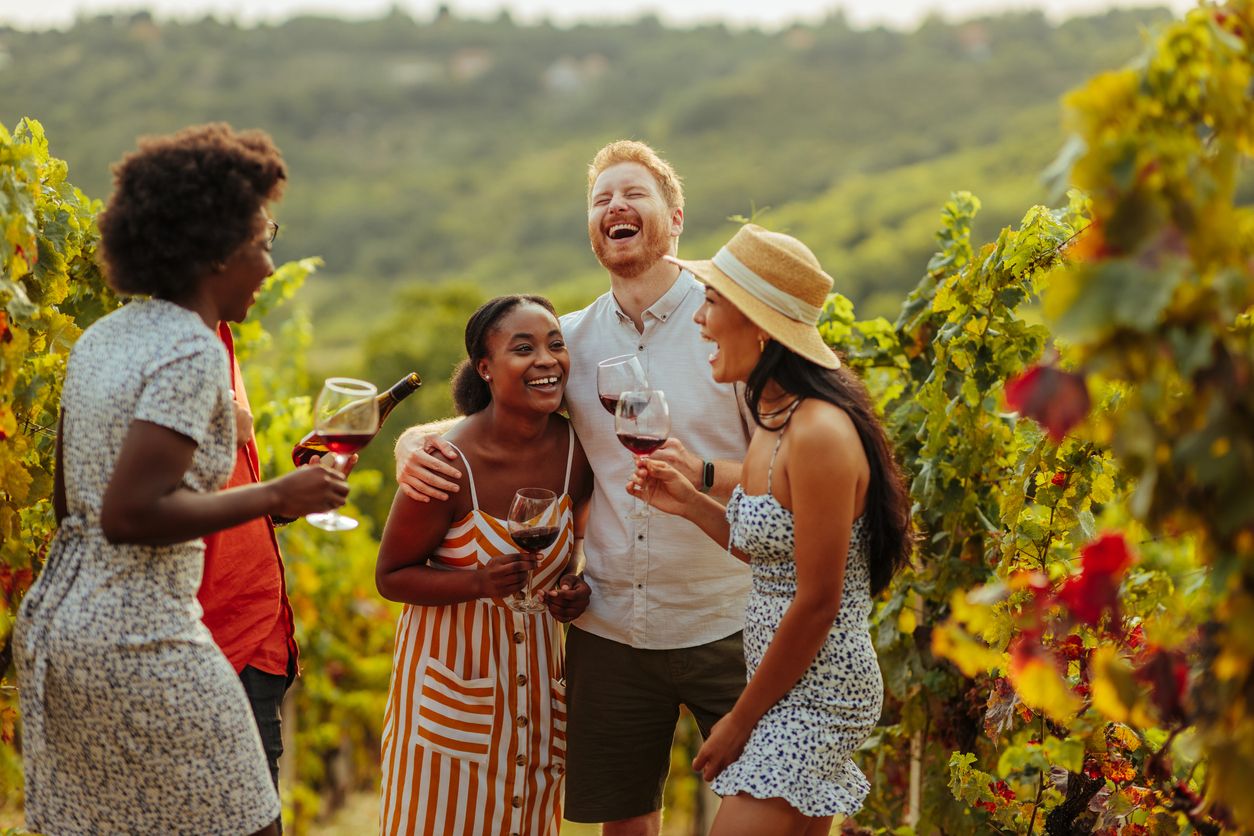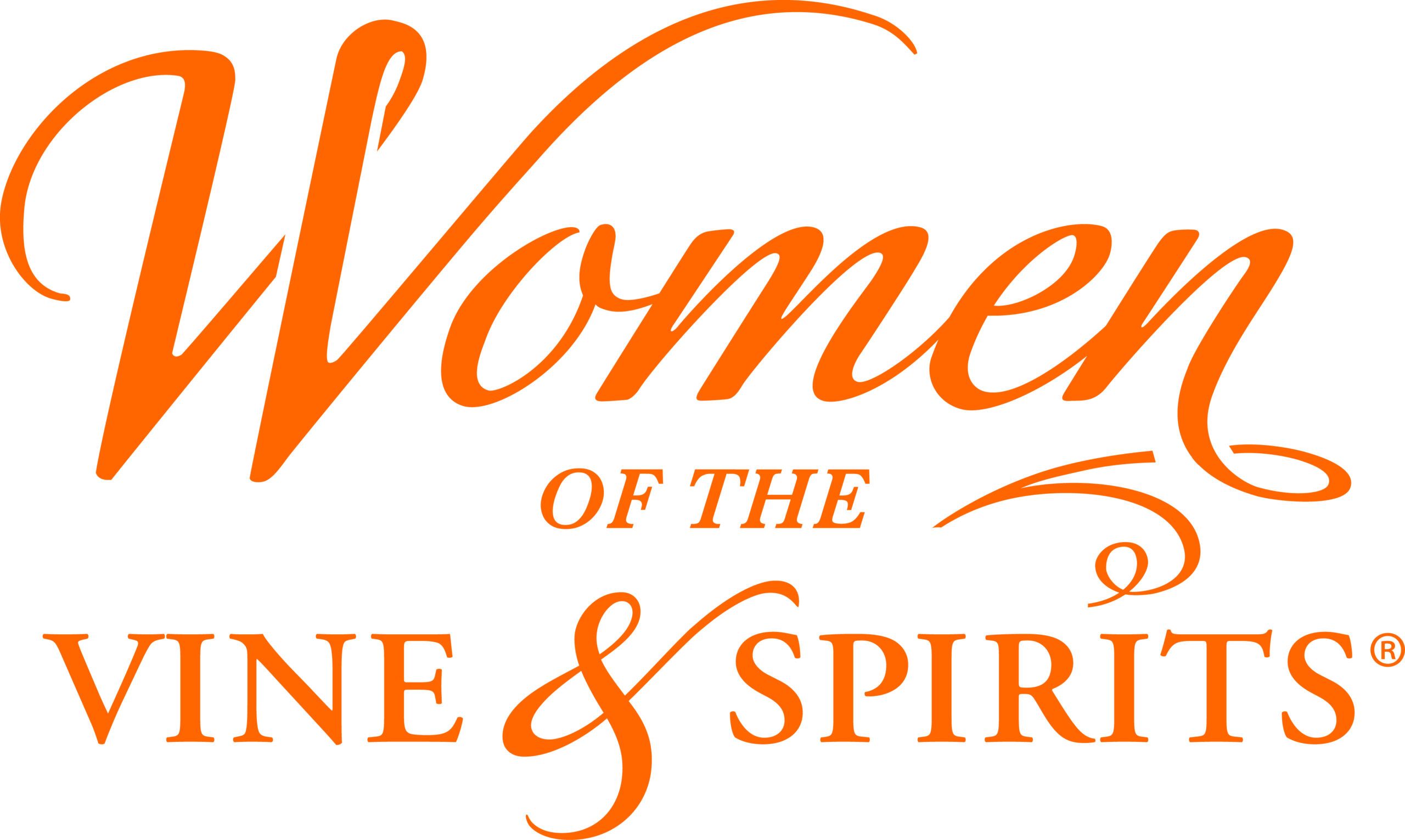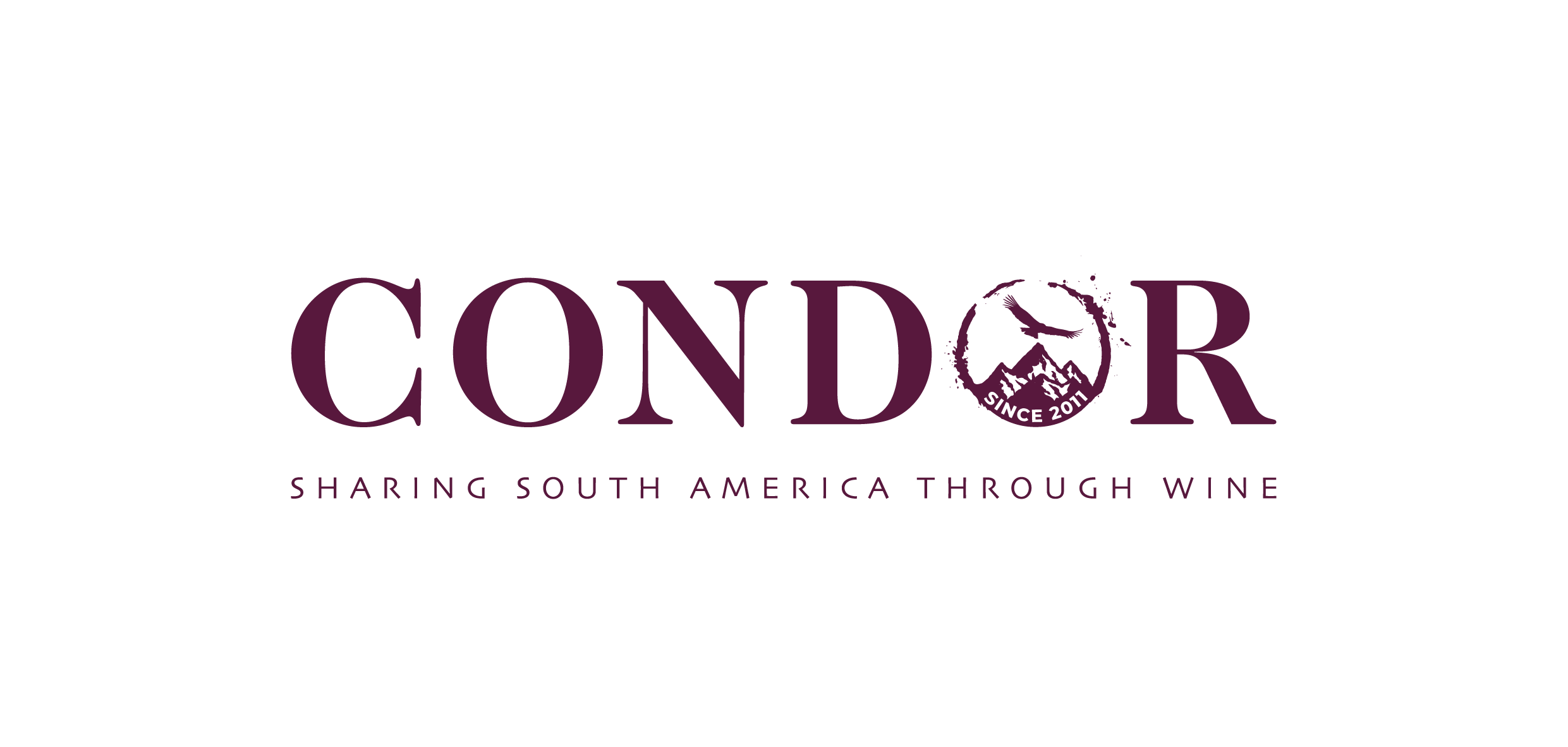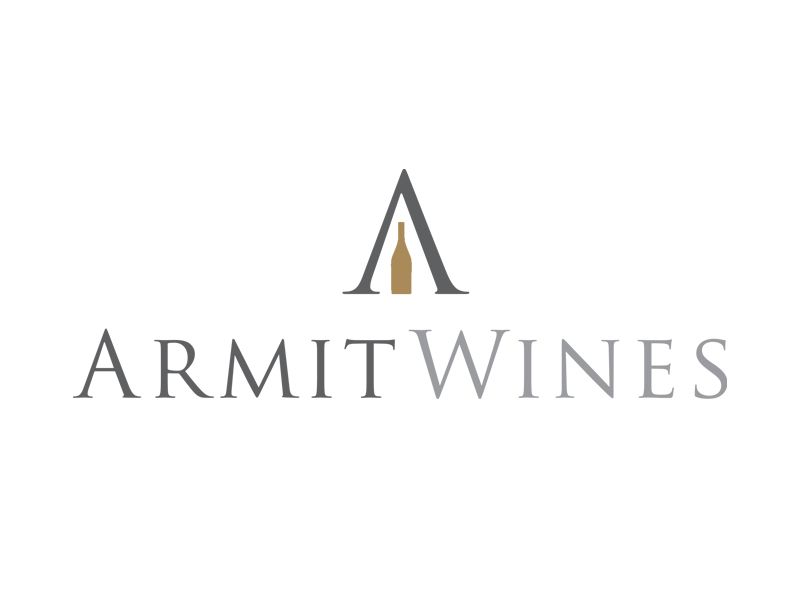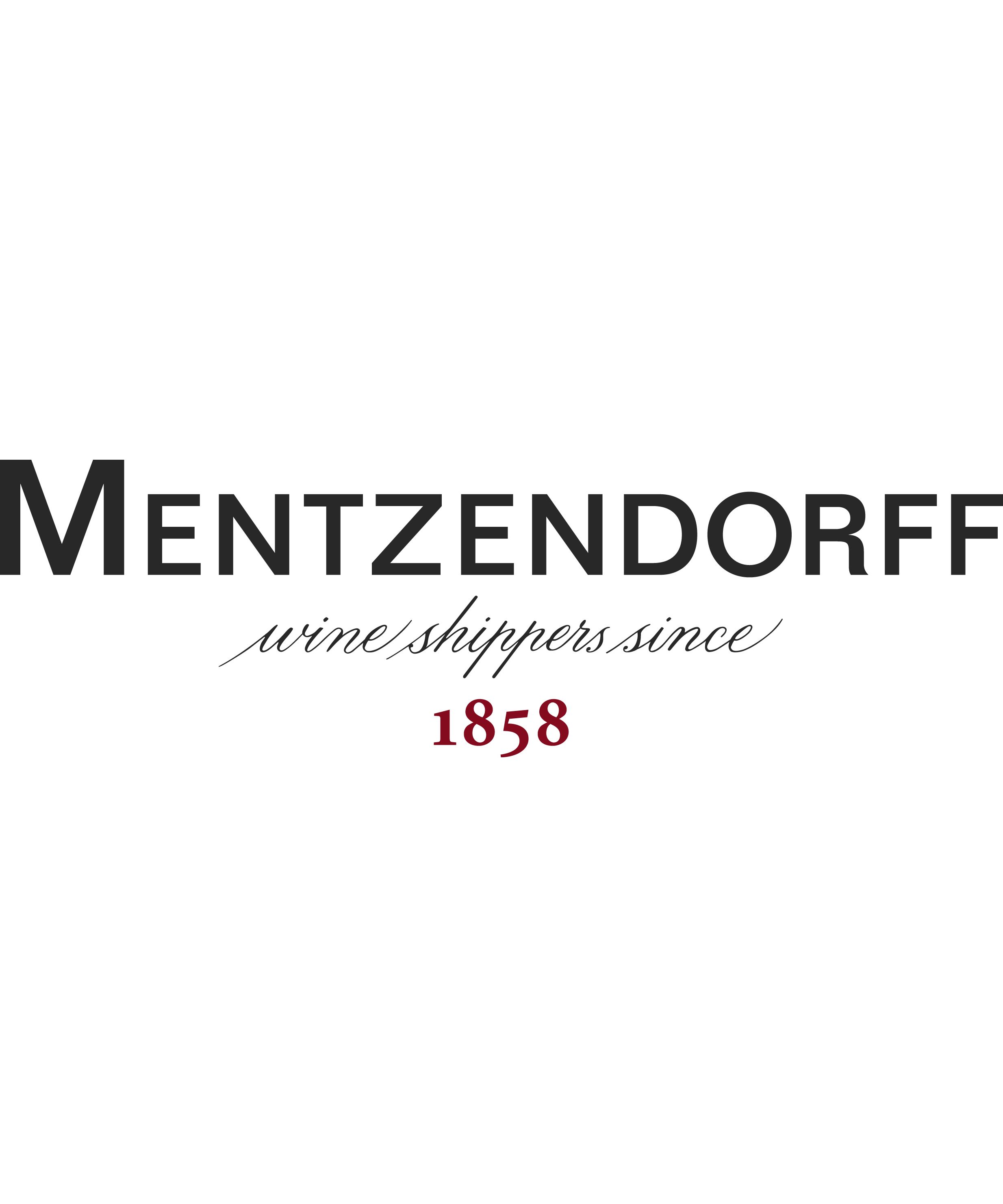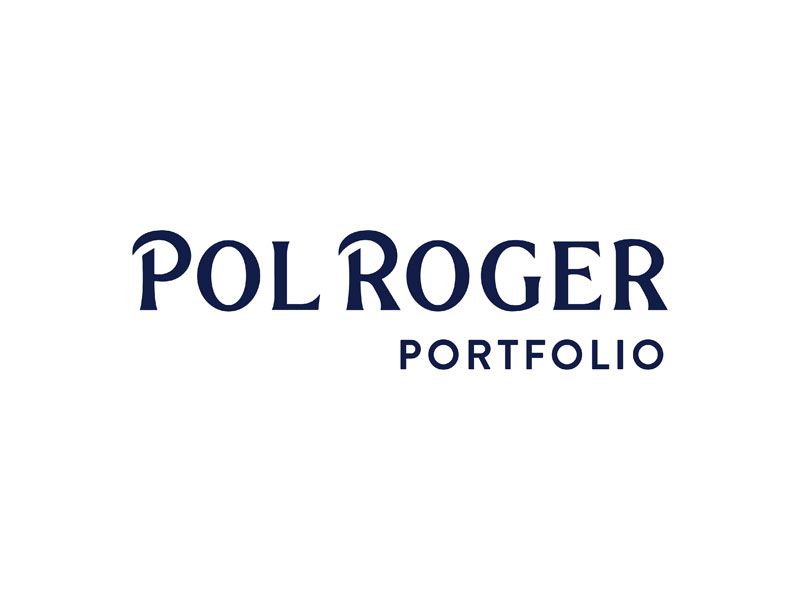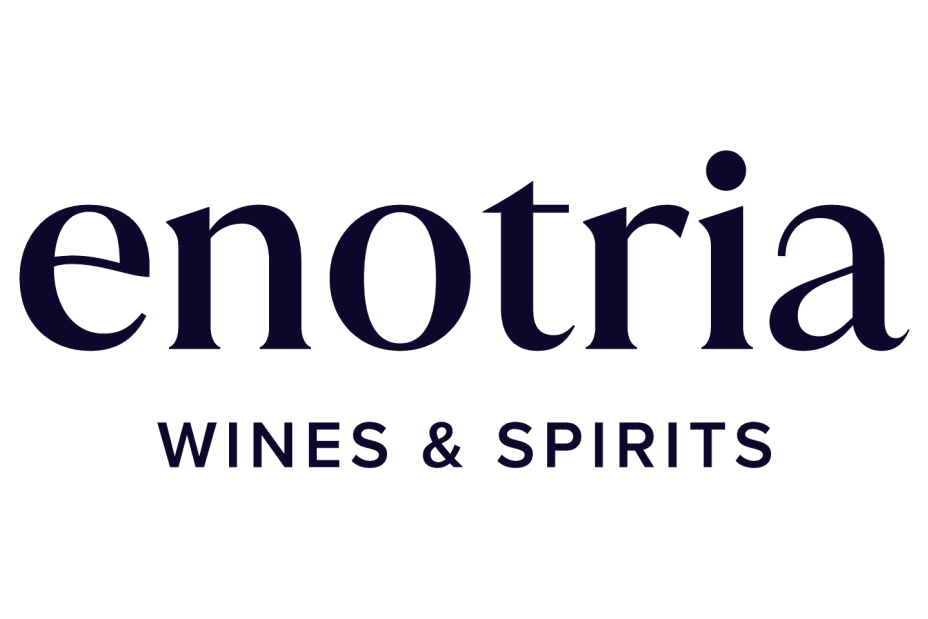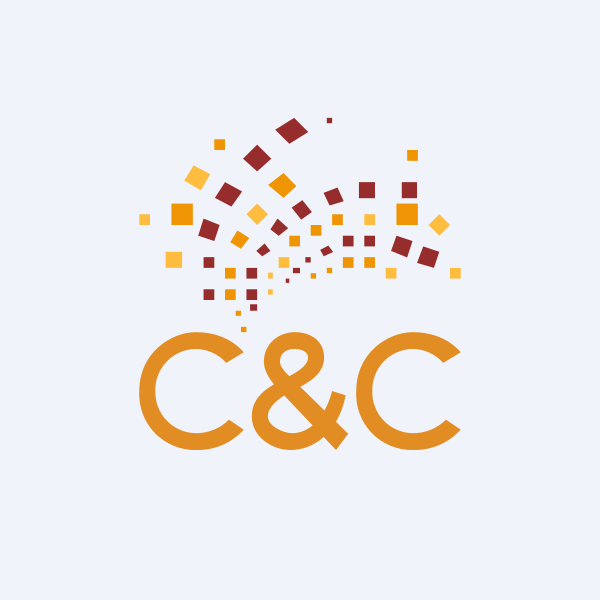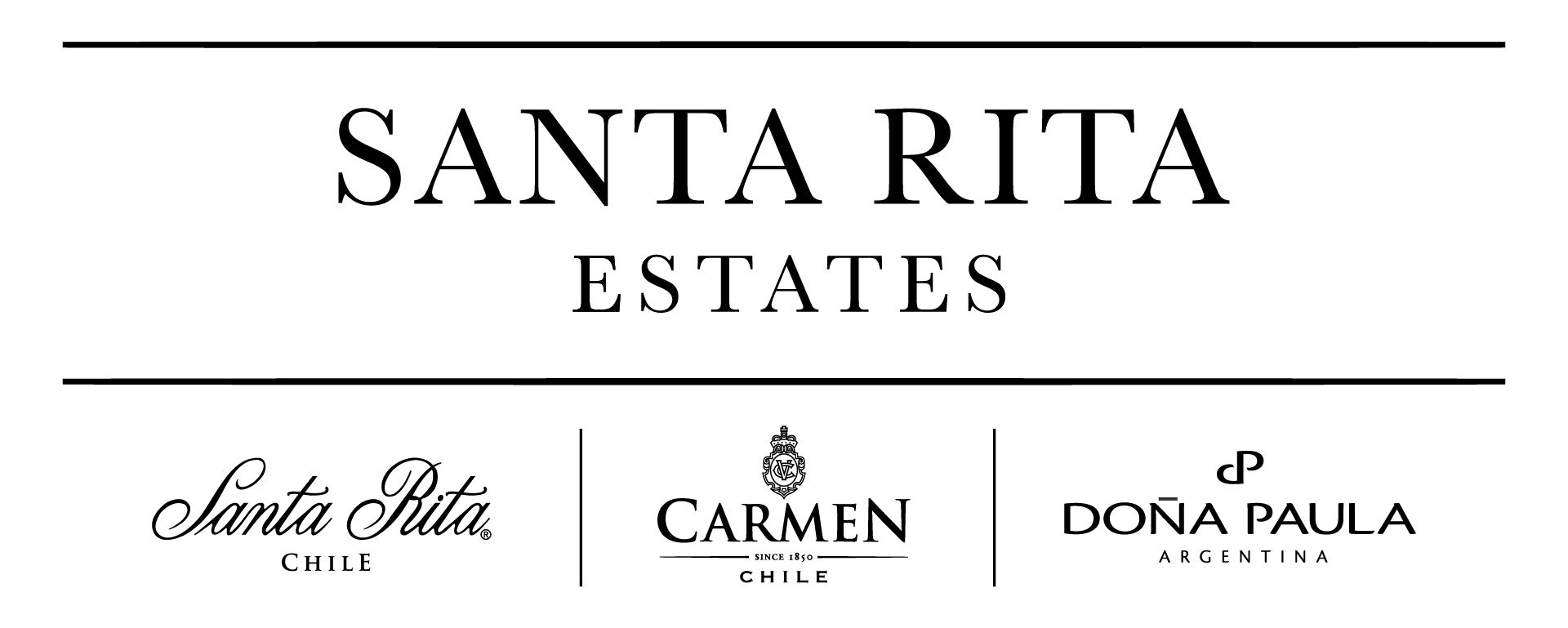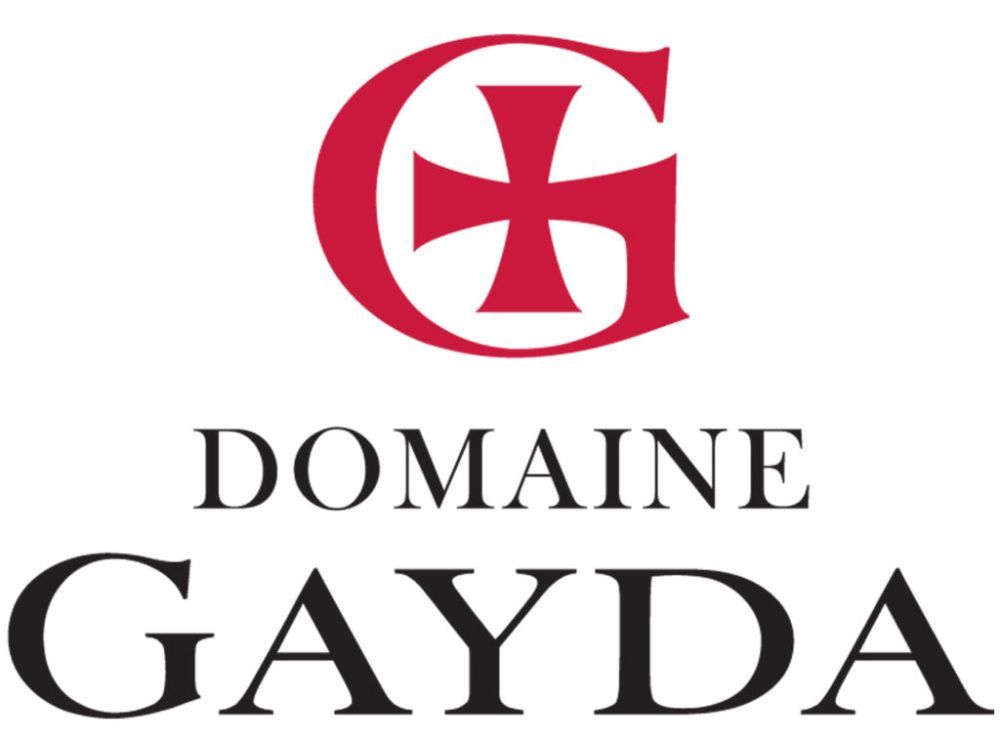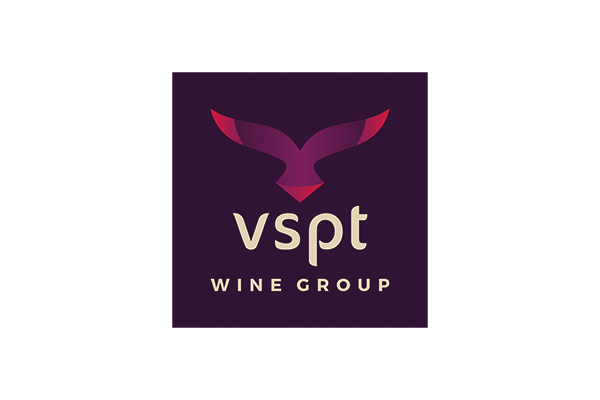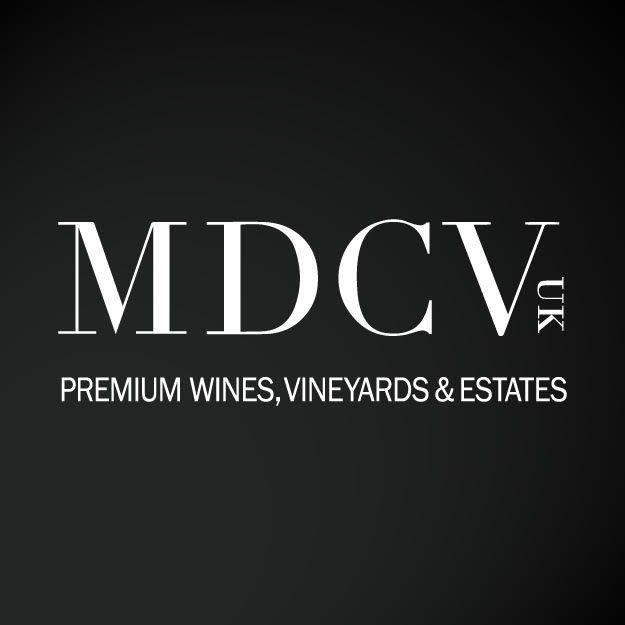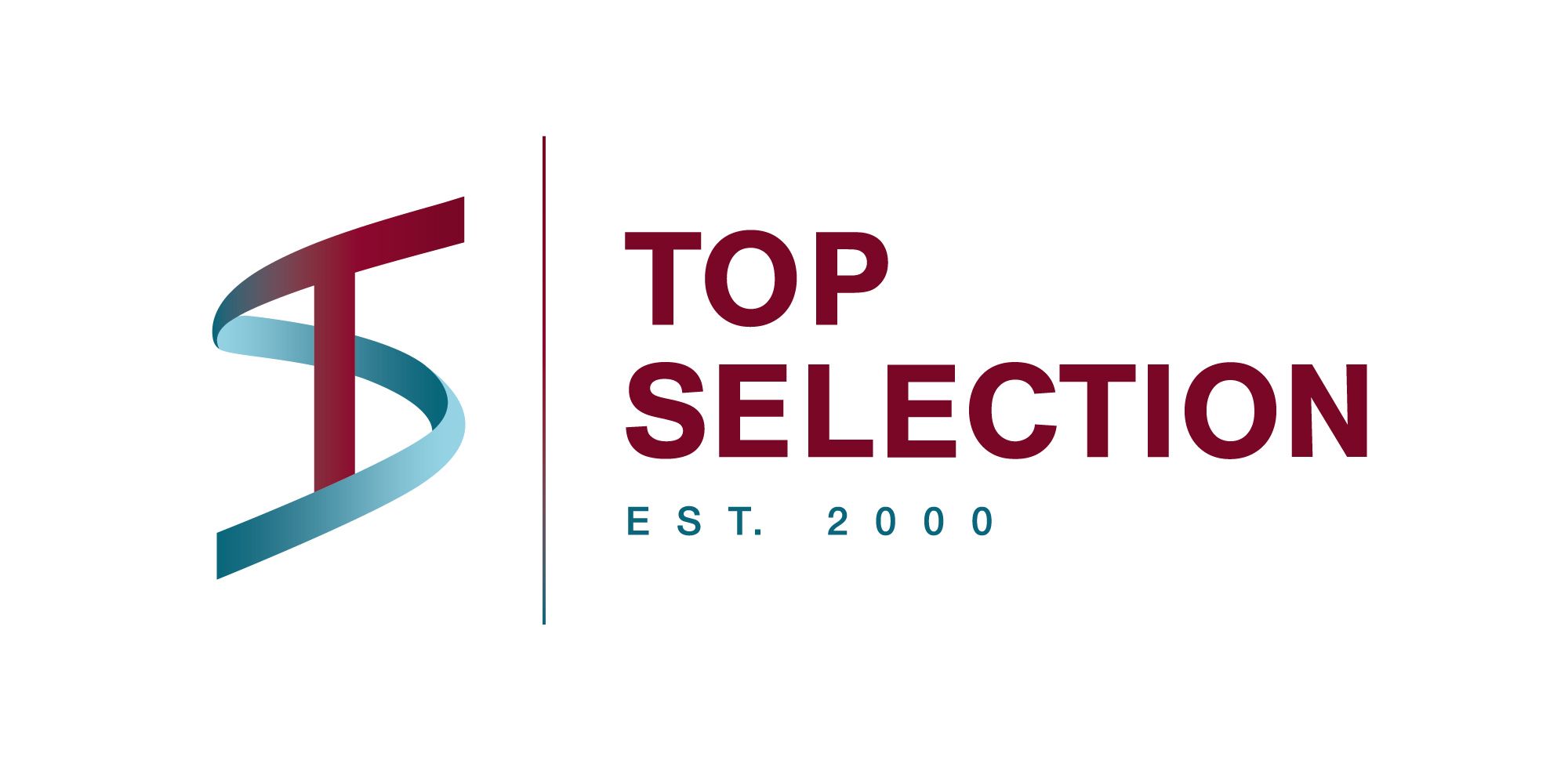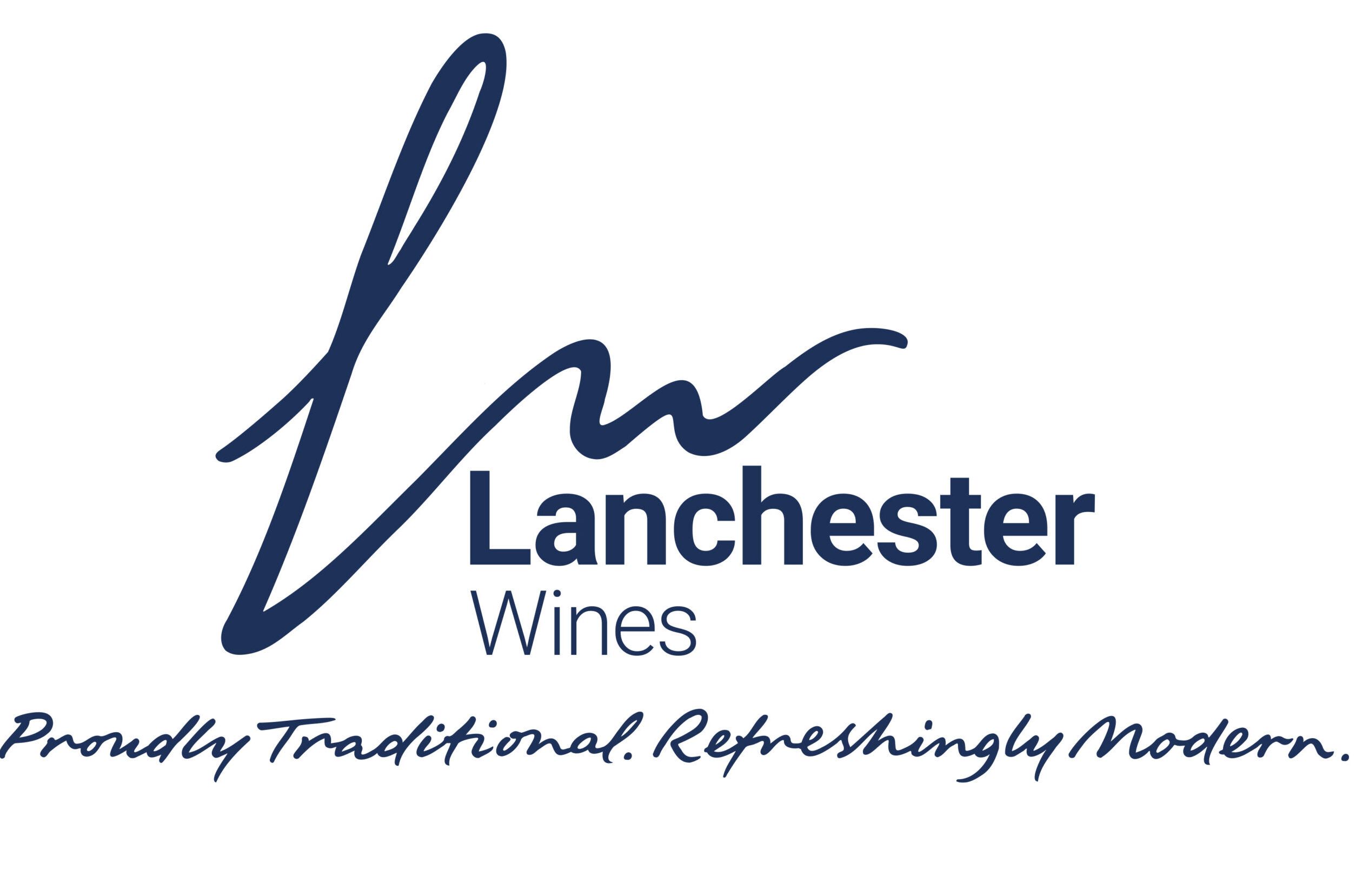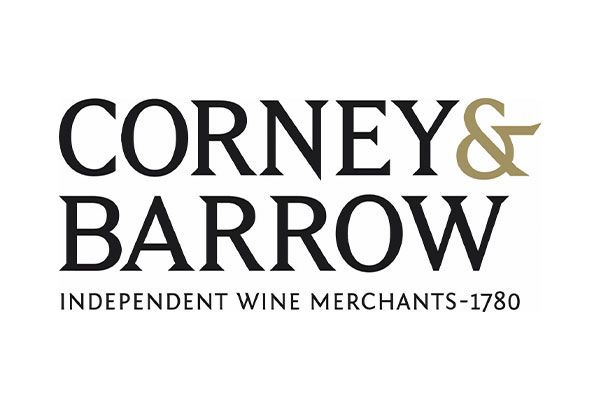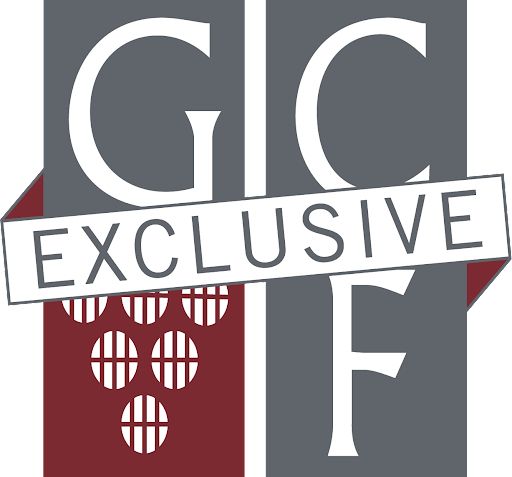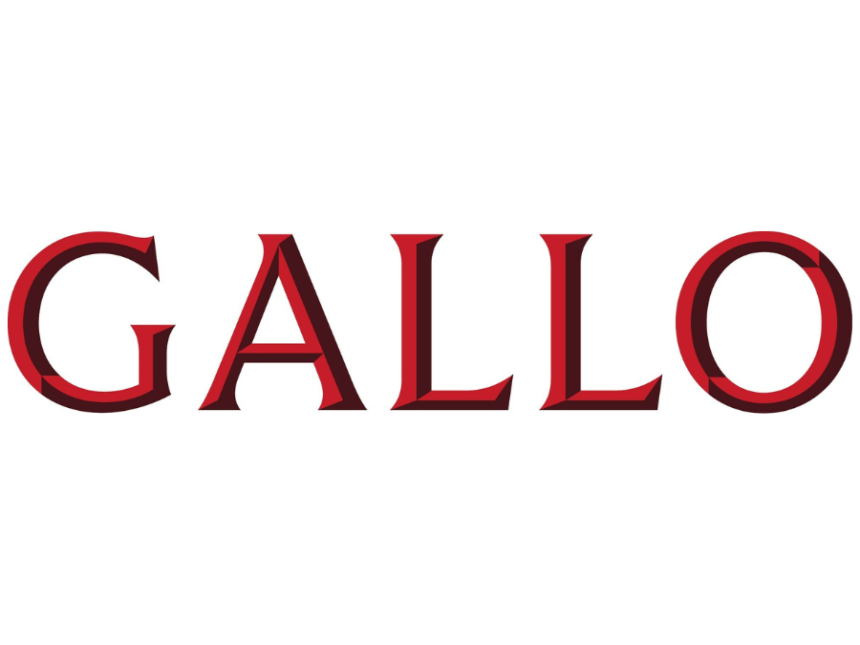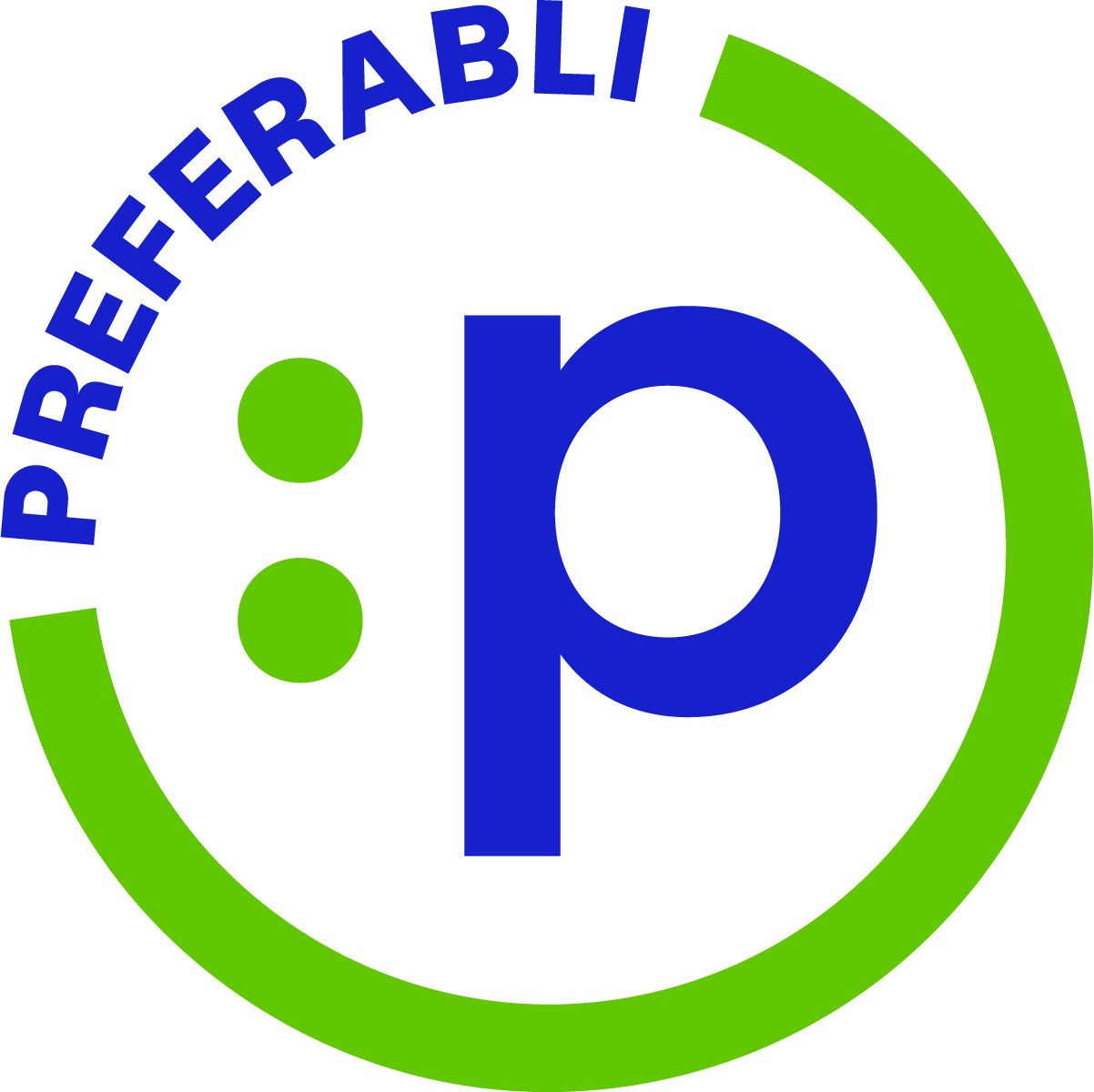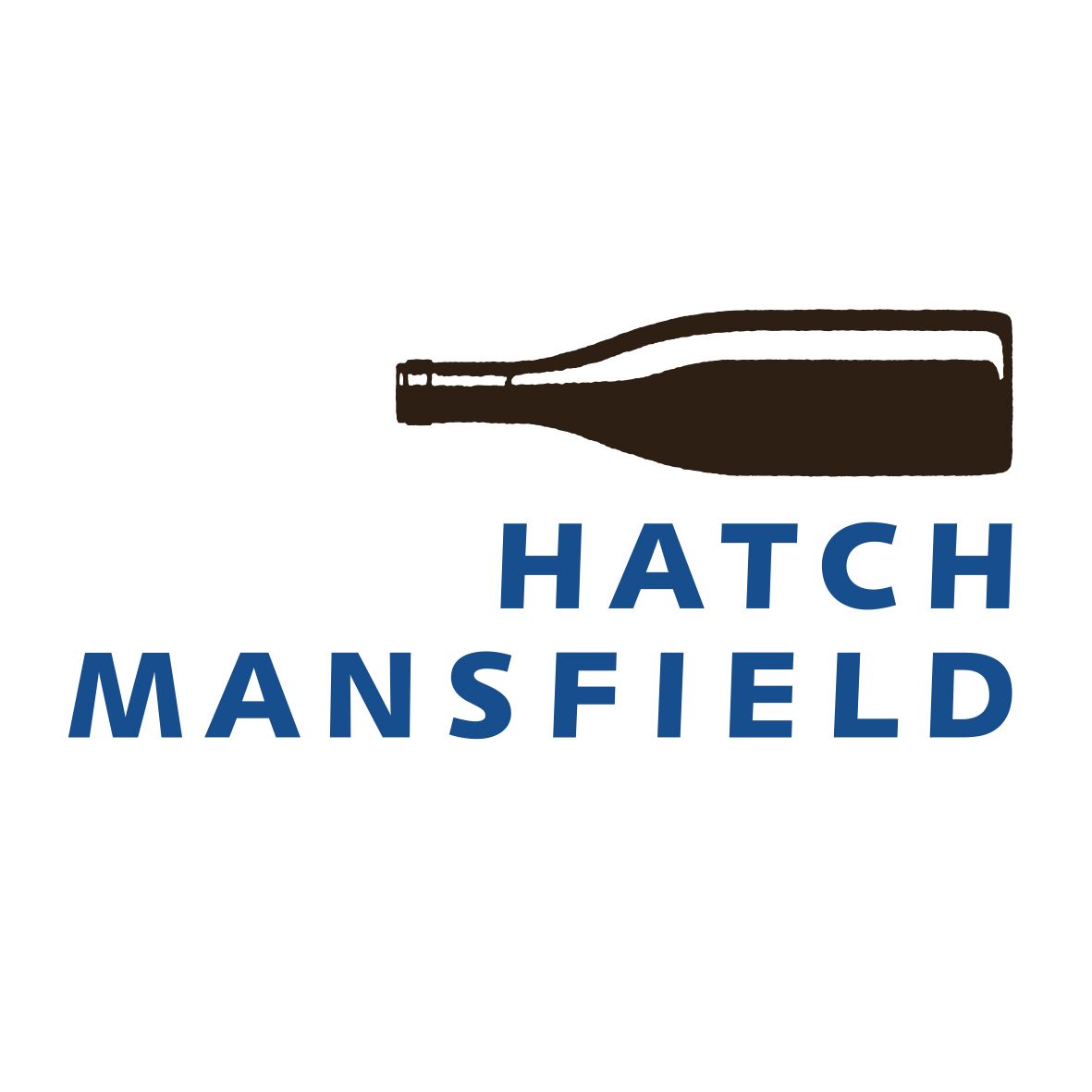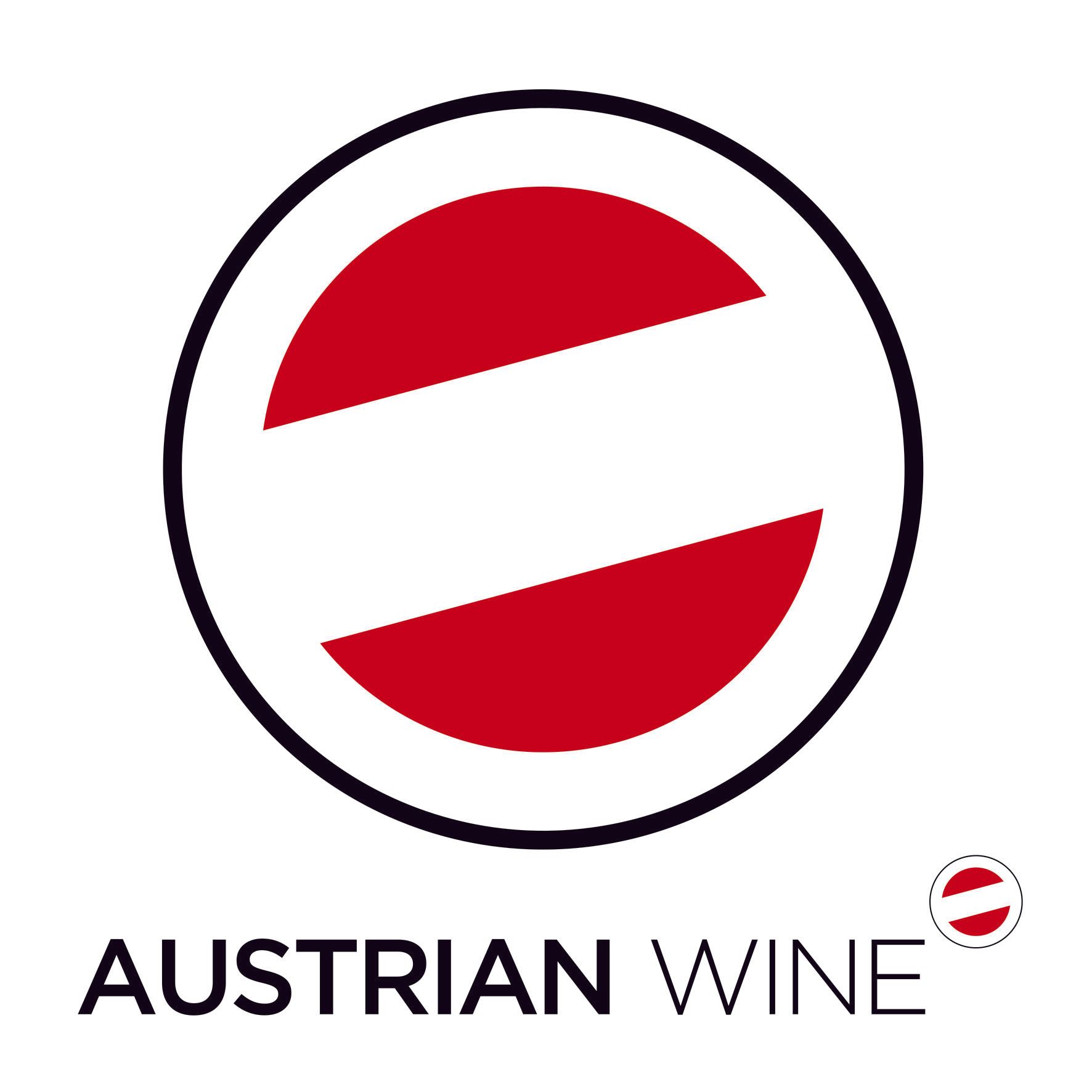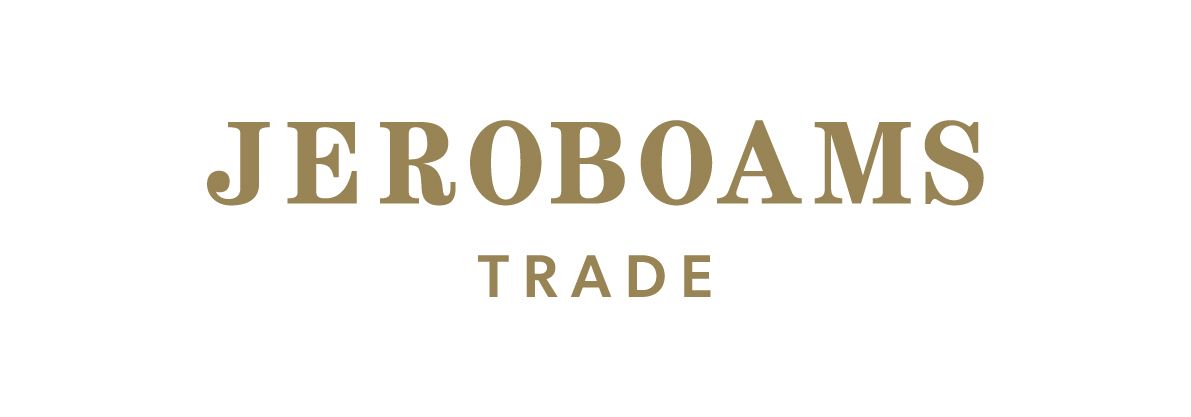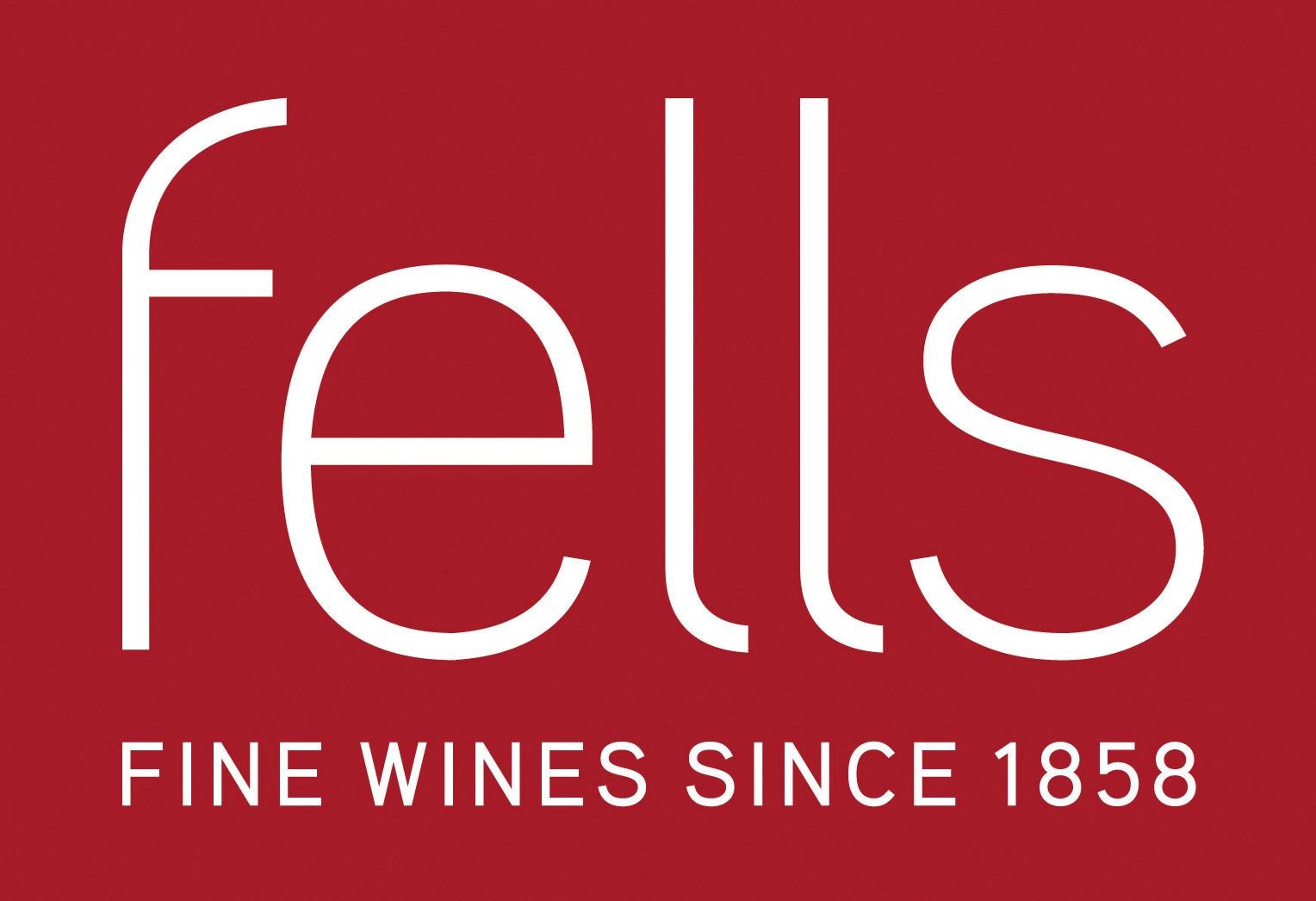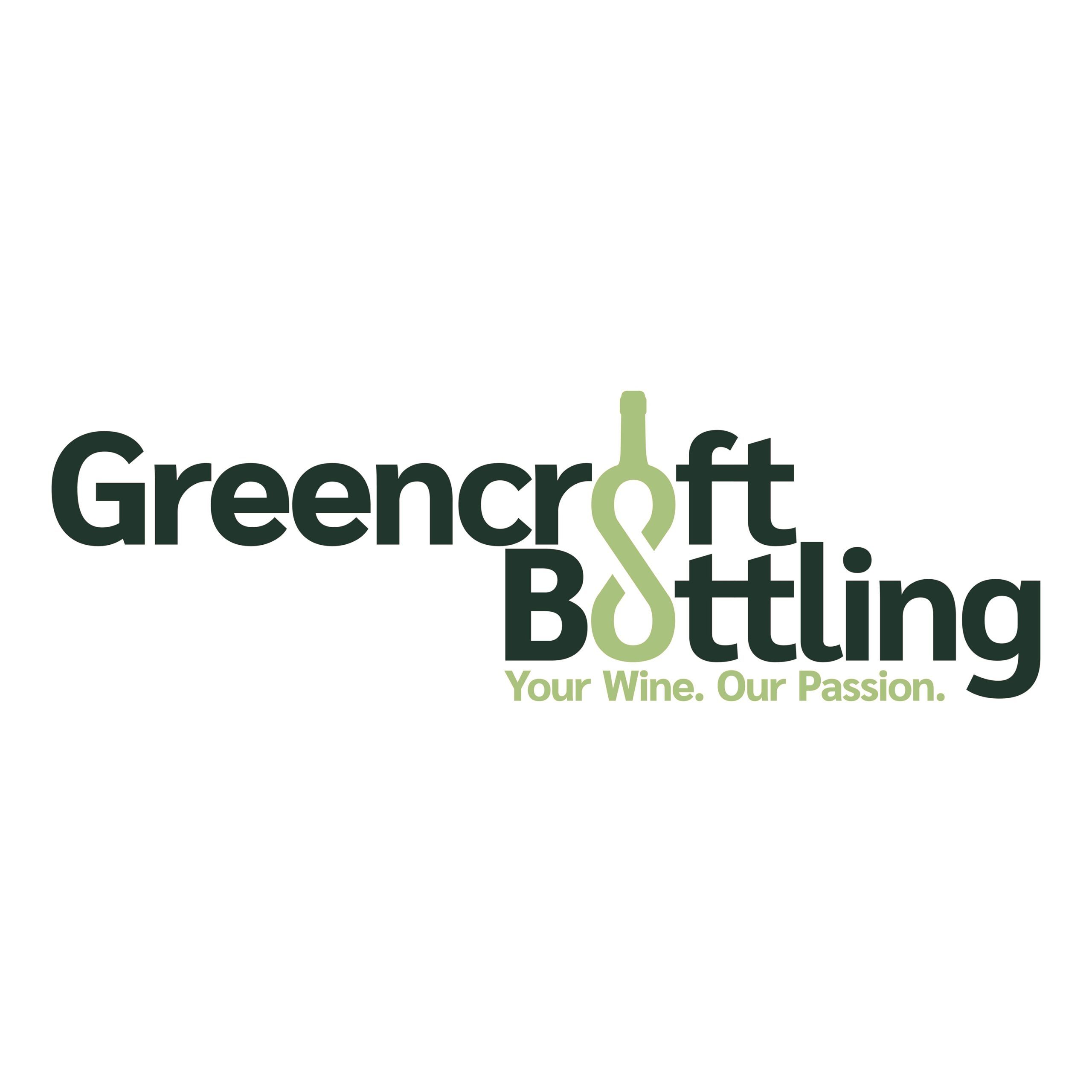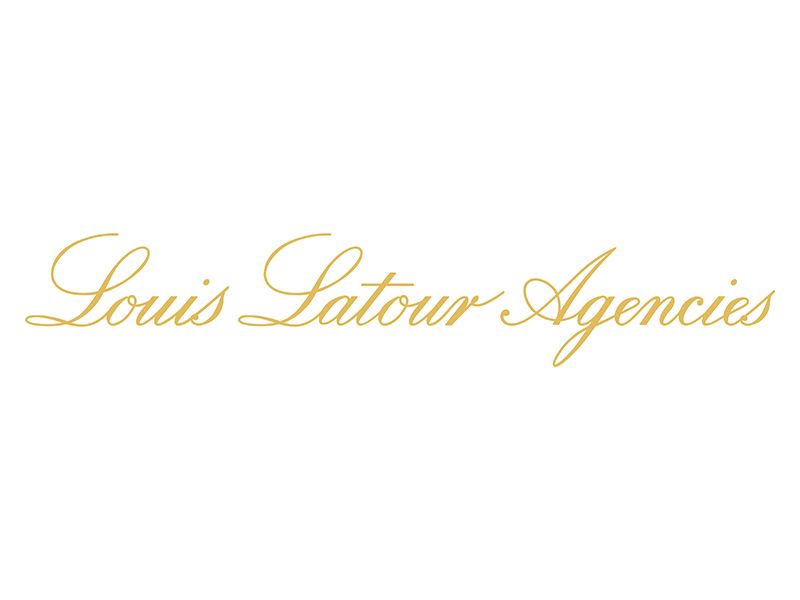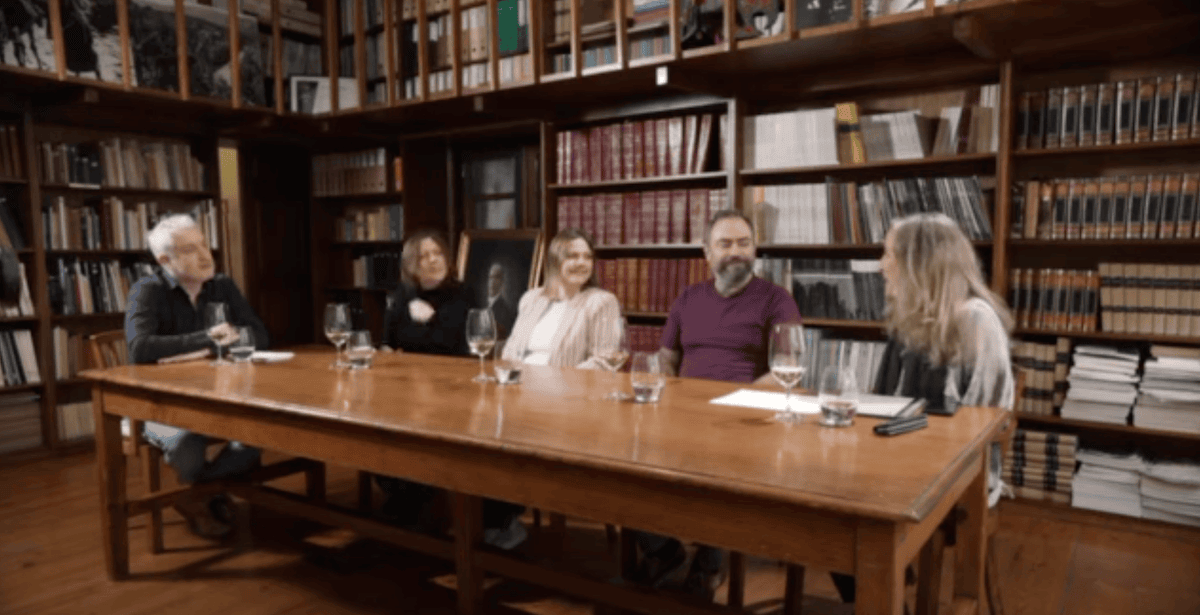After 30 years of growth, the US wine industry is experiencing a demand correction, felt most acutely in wine sold less than US$12. While supply adjustments due to heavy harvests or economic shocks have occurred over the past few decades, the demand profile of the wine consumer has only changed once before, between 1986 and 1994 when only 15% of the wineries operated versus today.
There are two main causes for the change in demand.
First, a new consumer is emerging with different tastes and preferences compared to the aging population that are over 60 and moving toward full retirement.
Second, within the alcohol beverage category, there is a general trend toward value, driven by this same emerging group, who live under a different set of economic realities compared to their parents.
Within the full segment, both retiring elder consumers and emerging younger consumers are more frugal than a decade ago, even if they both aspire to better wine.

Rob McMillan is uniquely postioned in his strategy role at Silicon Valley Bank to understand the key dynamics driving the US wine indusrty and the knock-on effects around the world
If part of the explanation is value, then shouldn’t wine priced under $12 be doing well instead of the main culprit driving the declines in the wine category? Value, though, is not just about price. There are luxury cars that cost $75,000, which some would consider good value. To a luxury consumer, that auto might be worth $125,000.
Delivering value starts with understanding the consumer. So, after 30 years of selling to a homogeneous population who loved wine, we are today tasked with decoding a consumer who is multi-cultural, and drinks wine, but on fewer occasions.
The health factor
Another generational difference is the perception of health and that is also a factor in changing demand. The older wine consumer viewed eating healthy as staying away from foods that were bad for you. The new wine consumer prioritises health and wellness, being more concerned about what is put into their body.
They want to know where their food was grown, what additives it contains, and how consuming any given food will make their life better. Today, the anti-alcohol industry and the World Health Organization has pushed the inflated narrative that alcohol, including wine, is a causal factor in over 200 illnesses and contributes to over 3 million deaths each year. That message is not settled science but, is taking hold with health-conscious consumers.
Where will the opportunity be for wine producers? Much has been made of the growth rate of de-alcoholised wine, a niche business that has been promising at times and a dead-end at others, but never the centre of attention as it is today with the press. While the category has experienced substantial growth of 27% in off-premise sales through July 2025, the growth is based on a very small base, representing only about 0.5% of total off-premise wine sales.
Non-alcoholic beer works well, but there is a fundamental issue with alcohol free wines that makes them ill-suited as a solution to the slowing sales trends of traditional wine.
After making the wine with alcohol, more money has to be spent on dealcoholising the wine. Further, the heat applied during the dealcoholising process changes the flavour profiles so that only the evangelists truly love the product. No sane producer will take a well-made Pinot Noir that could sell for $40 and demean the product by taking out the alcohol.
The combination of factors reduces non-alcoholic wine’s successful business fit to high-volume producers who can squeeze out efficiencies, and to lower price points, which is the portion of the market that is leading the downtrend. Yes, there is a small and growing market for non-alcoholic wine, but it is being overrun with new entrants looking for a path to sustainability. But until a method is developed that better preserves the character of wine, it will remain a small market, if not a passing fad.
New paths to follow
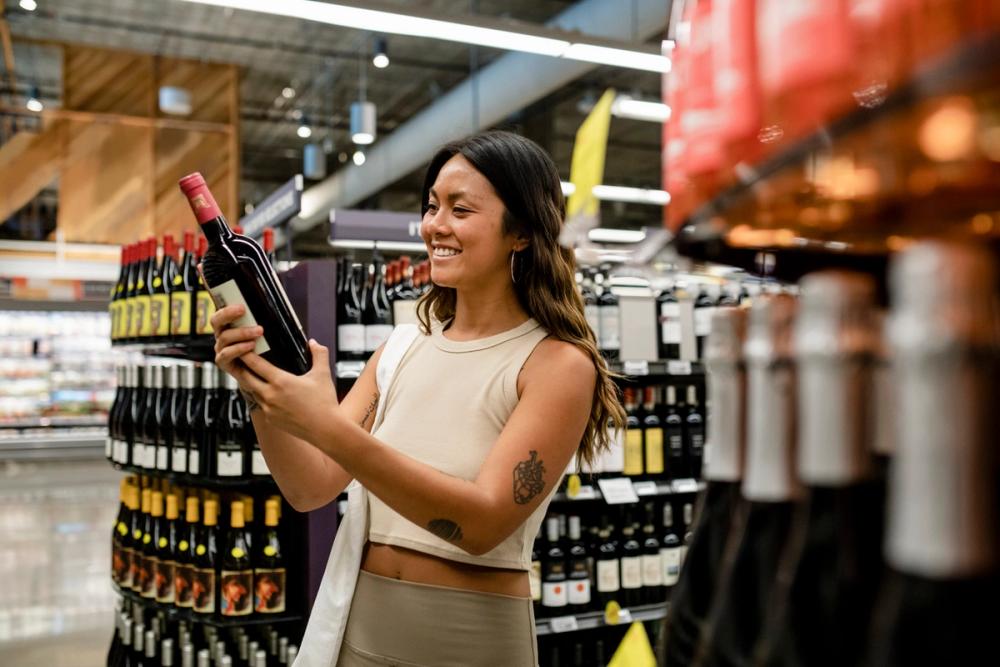
American wineries, brands, distributors and retailers need to think and act differently if they are to be relevant to the next generation of wine drinkers, says Rob McMillan. Picture istock/ Rawpixel
When looking for other pockets of opportunity, wineries will find bifurcated success between brands that have more restrained flavour profiles than past decades, and in emerging varietals, or white wine, where the price is $20, plus or minus $5.
That’s a different consumer profile from a decade ago when heavy expressive reds dominated the industry.
There is a crowded landscape of wines being sold in a middle price tier between $25 and $50 today, many of which are from smaller wineries without scale to grow, or produced by medium-sized wineries without efficiencies to compete in an oversupplied market on price.
But when a bottle is priced above $50, well-regarded producers with established brands still find success even if they need to compete harder on price.
Another segment that’s growing in the US is the private label business, arguably another value play. While the information is closely guarded, most analysts believe that business is about 10% of total wine category sales today and is producing sales growth in the low-teens.
As the continuing rotation of consumers progresses with momentum, producers are grappling with the factors that will change the market direction and ignite consumer preference. Because the industry is fragmented, traditional consumer marketing has been neglected.
But with the recognition and acceptance of what’s happening now, there is a tidal shift taking place below the surface with larger wine companies in the US planning new marketing campaigns, while at the same time, smaller wine companies are focusing more heavily on marketing tactics within the direct-to-consumer channel.
Looking for an alternative
Packaging which is a part of marketing also plays a role in finding the solutions. The new consumer is more aware of ecology, convenience, thrift, and health. Traditional bottle formats are heavy and costly to ship. Smaller and alternative packaging fills the gaps, providing convenience, frugality, and a better carbon footprint.
As of July, traditional glass packaging has decreased by 5%, while cans, plastics, and Tetra Paks have increased by around 20%, with 1 litre box wine growing by 14%.
Decoding a multi-cultural generation will require committing resources to focus on sub-segments of the alcohol beverage consumers. Ten years ago, that would have been a heavy lift, but today, there are better information systems, and every day, there is a new addition to AI suites that is adding a dose of efficiency.
Wine is a product that is exactly what the emerging consumer is seeking, they just don’t know it. One day soon, it will be possible to market in a cost-effective way down to a subset of a single individual. The new tech-native wine consumers and the wineries are waiting for that promise.
- You can find out more about the trends within the US wine market through the work and analysis of the Silicon Valley Bank.
- You can find the findings of its latest report into DTC sales in the US by clicking here.
- You can also access the results of Silicon Valley Bank’s State of the US Wine Industry 2025 by clicking here. You can watch the release of the maiin findings by clicking below.
